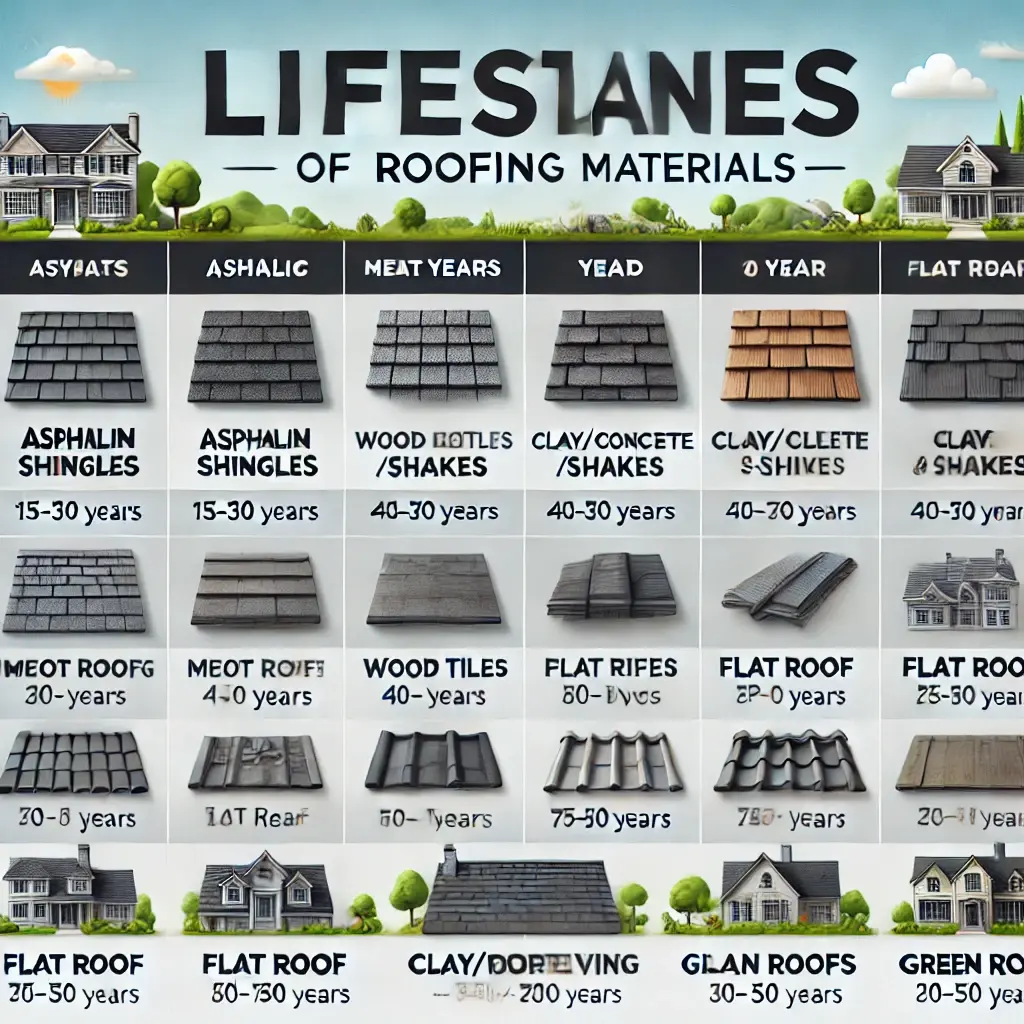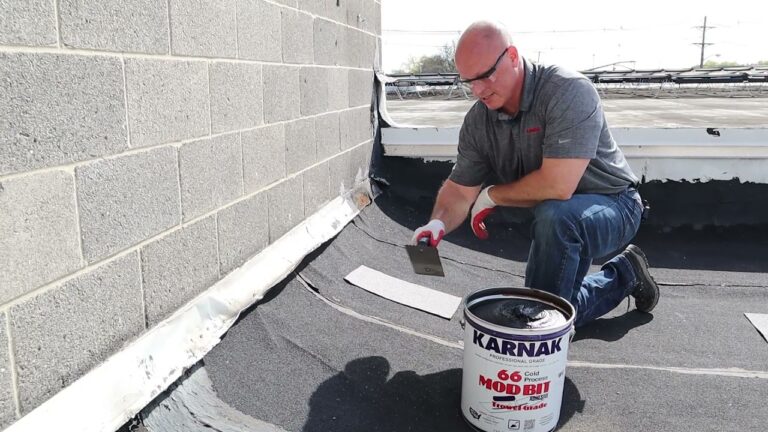Maintaining a sturdy roof is crucial for protecting your home and ensuring its longevity. But how often should you actually redo your roof? The answer isn’t one-size-fits-all, as several factors come into play. Let’s dive into the details to help you make an informed decision about your roof replacement timeline, as outlined in our Guide to Roof Repairs
Factors Affecting Roof Replacement Frequency
1. Roofing Material

The type of material used for your roof significantly impacts its lifespan:
- Asphalt Shingles: These popular roofing materials typically last 15-30 years. Learn more about maintaining them with our Asphalt Roof Repair guide.
- Metal Roofs: Known for their durability, metal roofs can last 40-70 years or even longer. See tips for Fixing a Tin Roof.
- Wood Shingles: With proper maintenance, wood shingles can last up to 30 years.
- Clay Tiles: These can last up to a century with proper care.
2. Climate and Weather Conditions
Your local climate plays a crucial role in determining how often you should redo your roof:
- Intense sun exposure, hailstorms, heavy snowfall, and high humidity can accelerate roof wear.
- Areas prone to extreme weather may require more frequent roof inspections and potentially earlier replacements Explore how Storm Damage Roofers can help protect your home..
3. Installation Quality
The quality of the initial installation significantly affects your roof’s lifespan:
- A properly installed roof is more likely to reach its maximum lifespan.
- Poor installation can lead to premature aging and more frequent replacements.
4. Maintenance and Upkeep
Regular maintenance can extend your roof’s life:
- Conduct bi-annual inspections, ideally in spring and fall.
- Address minor issues promptly to prevent more significant problems. Check our DIY Roof Repair guide for quick fixes.
Signs It’s Time to Replace Your Roof

While age is a crucial factor, other signs indicate it’s time for a roof replacement:
- Missing, curling, or cracked shingles: These issues compromise your roof’s ability to protect your home.
- Granules in the gutters: Excessive loss of granules from asphalt shingles indicates advanced wear.
- Daylight through roof boards: If you can see sunlight from your attic, your roof has significant damage.
- Sagging roof: This indicates structural issues that require immediate attention.
The 20-Year Rule of Thumb
Many experts suggest considering a roof replacement around the 20-year mark:
- Most roofs are designed to last between 15 and 25 years.
- If your roof is over 20 years old, it’s wise to have it professionally inspected annually.
Replacement Frequency by Roofing Material
To give you a clearer picture, here’s a breakdown of replacement frequencies for different roofing materials:
- Asphalt Shingles: Replace every 15-30 years.
- Metal Roofs: Replace every 40-70 years.
- Wood Shingles: Replace every 20-30 years.
- Clay Tiles: Can last up to 100 years with proper maintenance.
The Importance of Professional Inspections

Regular professional inspections are crucial for maintaining your roof and determining when it’s time for a replacement:
- Schedule inspections every 3 years for composite, asphalt, and wooden shingles.
- For tile roofs, aim for inspections every 5 years. Learn more about Professional Roofing Maintenance.
Cost Considerations
While the upfront cost of a roof replacement can be significant, it’s essential to consider the long-term benefits:
- A new roof can enhance energy efficiency and curb appeal.
- Timely replacement can prevent costly repairs and potential interior damage.
Conclusion
The frequency of redoing your roof depends on various factors, including the roofing material, climate, installation quality, and maintenance. While the average lifespan of a roof is about 20-30 years, it’s crucial to pay attention to signs of wear and damage. Regular inspections and prompt repairs can extend your roof’s life, but when the time comes, investing in a quality roof replacement can protect your home and provide peace of mind for years to come.
Remember, when in doubt, consult with a professional roofing contractor. They can provide a thorough assessment of your roof’s condition and offer expert advice on whether it’s time for a replacement. check out our Roof Replacement Tips. When in doubt, consult a professional roofing contractor…




